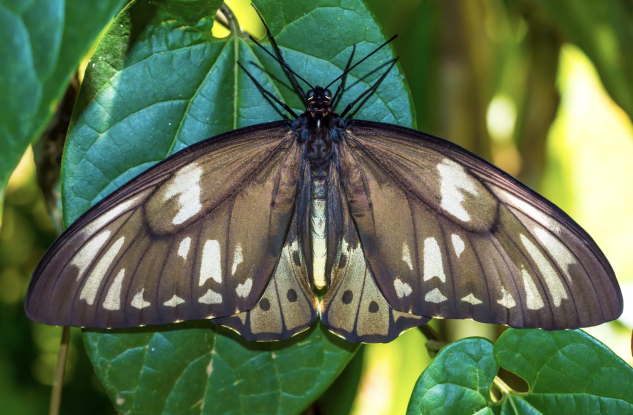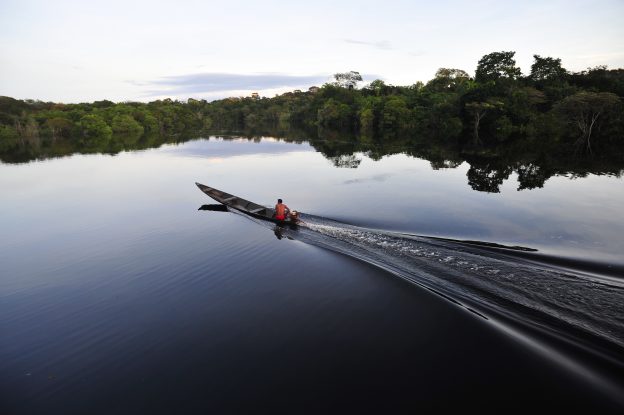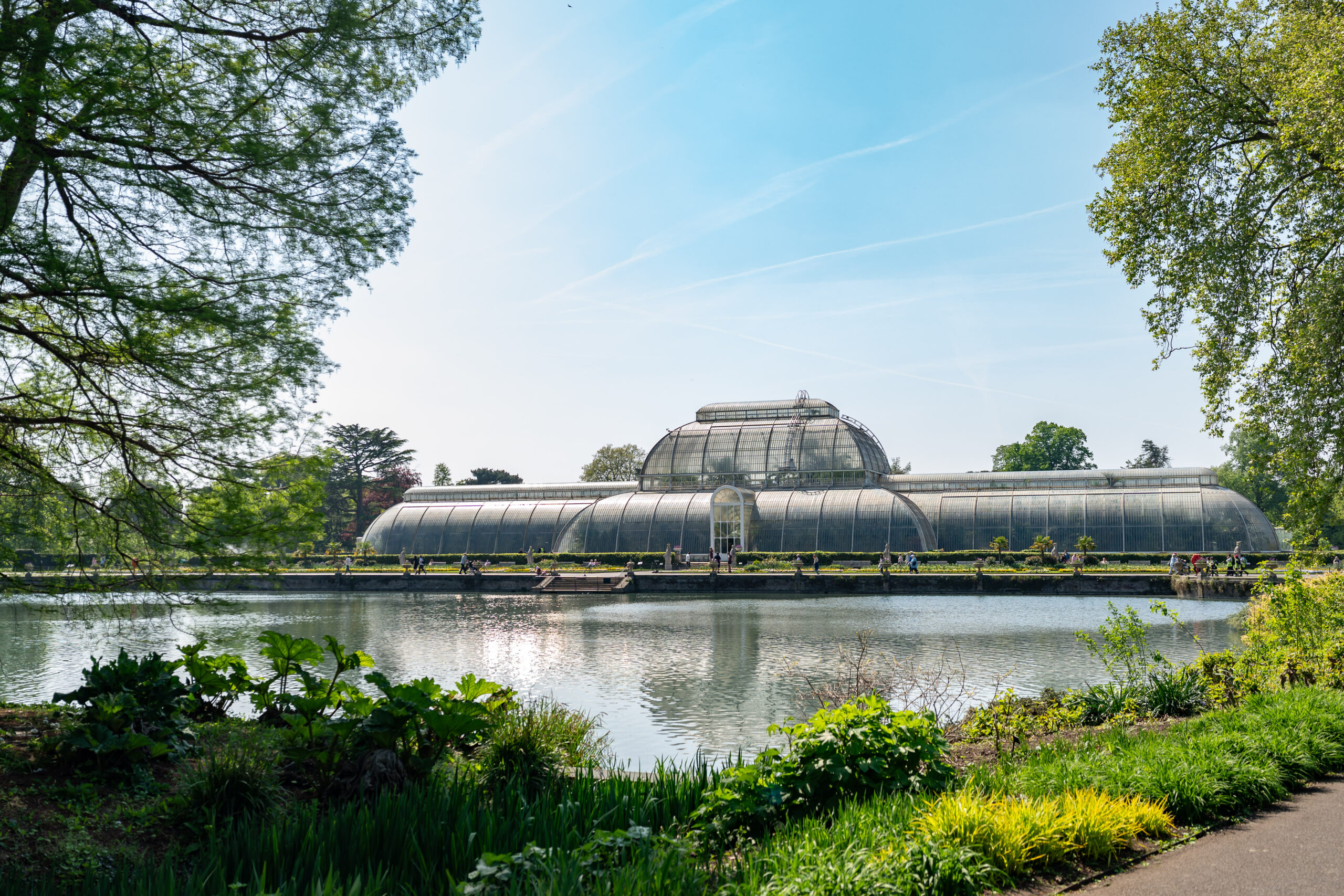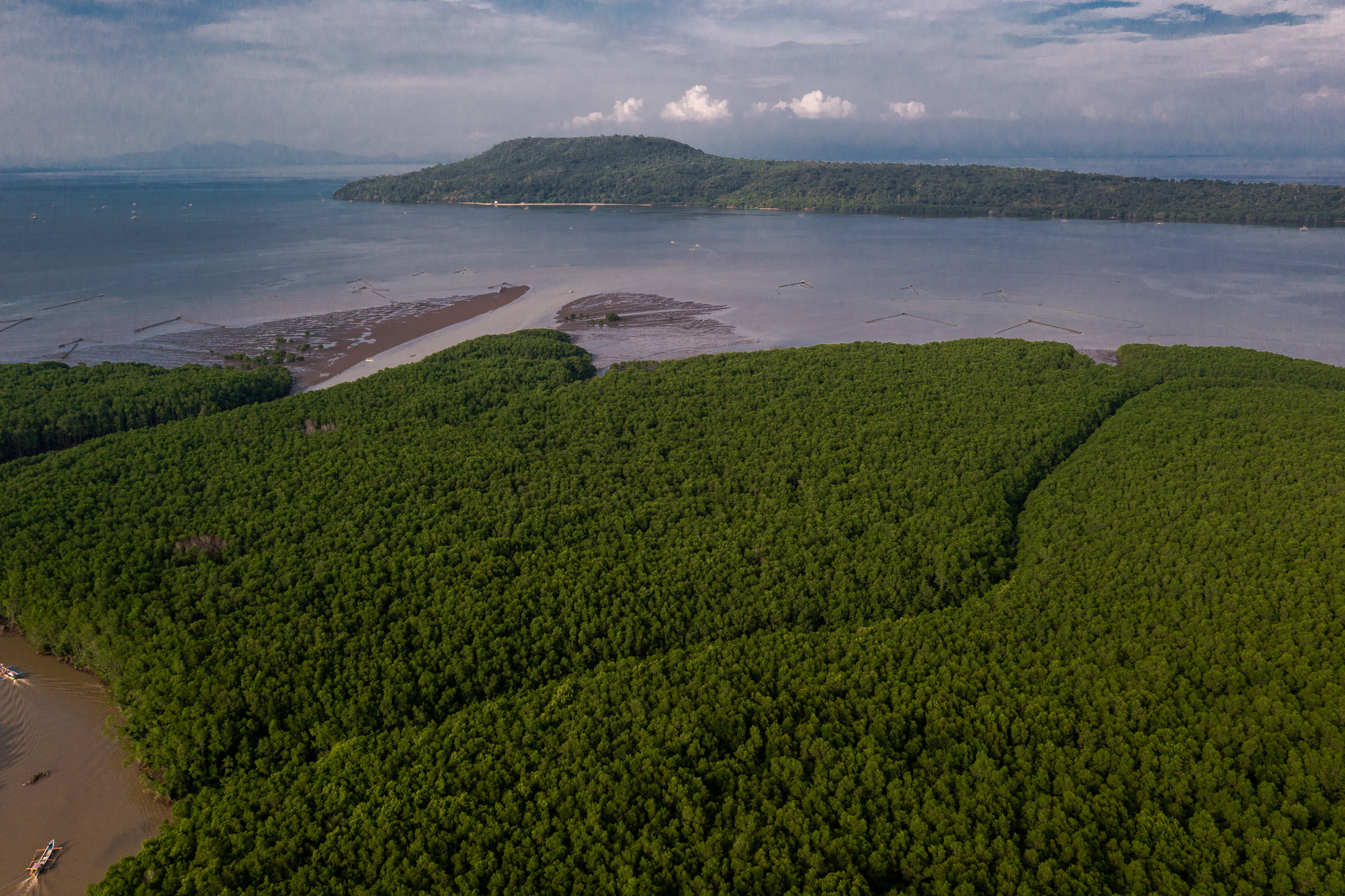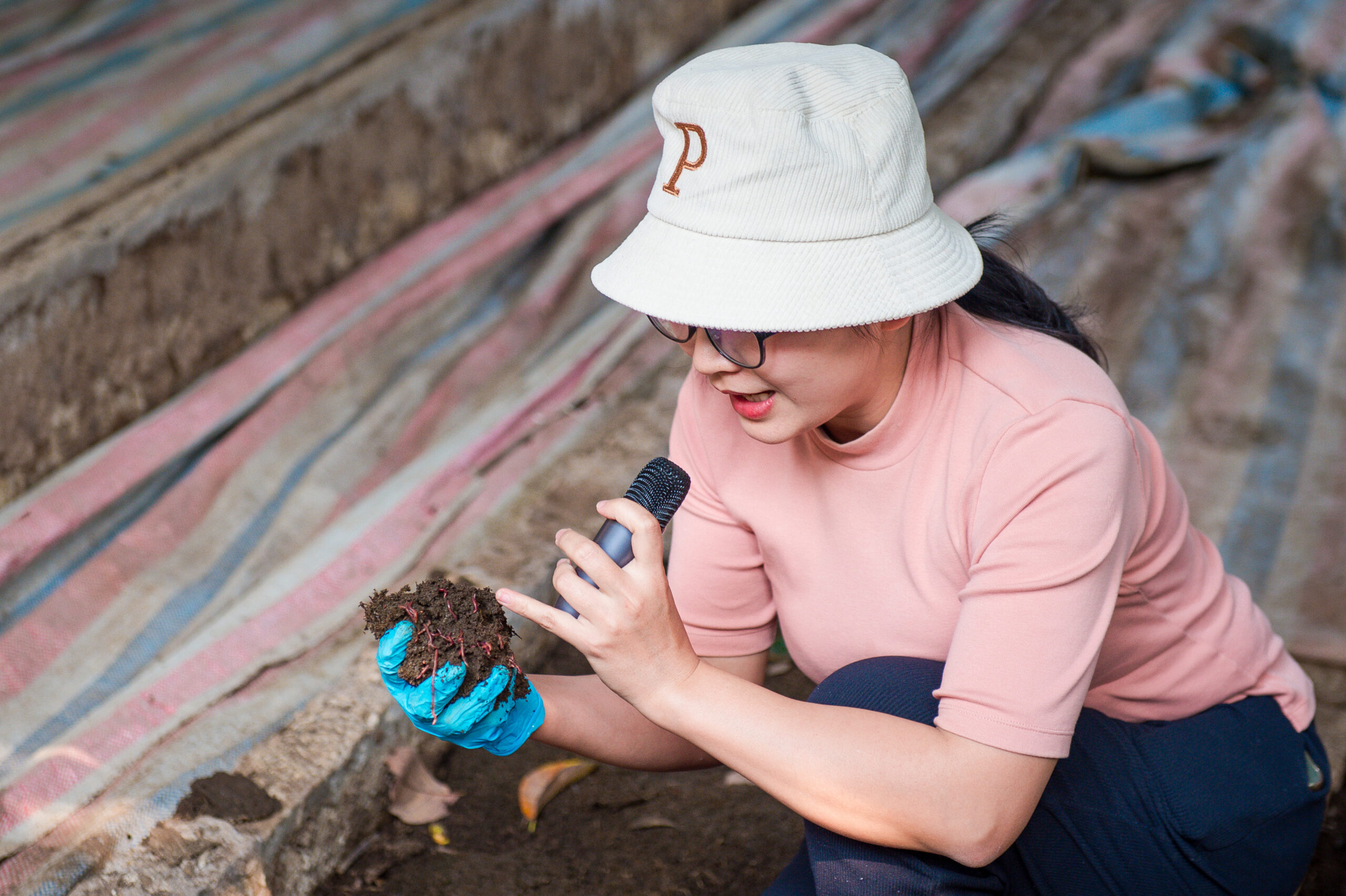On a sunlit spring morning at Cambridge Cottage in the Royal Botanic Gardens, Kew, London, botanical scientists, AI engineers, restoration and conservation leaders convened for the launch of World Wide Wood, a collaborative digital tribute to the planet’s trees. With contributions from 118 global partners located in 32 countries — including the Center for International Forestry Research and World Agroforestry (CIFOR-ICRAF), through the work of the Forests, Trees and Agroforestry Partnership (FTA) — and powered by Google Arts & Culture, the project marks a bold new frontier in environmental storytelling.
Kew’s living laboratory
Kew’s director of science, Alexandre Antonelli, opened the session by recognizing the many partners who brought the project to life. He praised both Google’s orchestration and the work of scientists across institutions, drawing parallels with the scientific methods at the core of Kew’s work.
He was followed by Dr Elinor Breman, Millennium Seed Bank partnership manager and paleoecologist, who offered a powerful reminder: botanical collections are not static museums — they are dynamic resources for climate resilience.
The figures she shared were remarkable: “Kew is home to over 11,000 trees — with around 1,200 different species — while Wakehurst, Kew’s wild botanic garden in Sussex, is home to the seeds of 40,000 wild plant species at its Millennium Seed Bank.”
Breman then explained how Kew is leveraging climate models and data from its own weather station to inform a strategy of “assisted migration,” identifying tree species that will thrive in future, hotter and drier environments.
“We are heading toward an adaptation-only paradigm,” Breman noted, describing how seed banking, nursery propagation and landscape restoration efforts are all grounded in data and long-term ecological foresight.
UNEP’s global view
“Deforestation is not just a tropical problem”
Dr Neville Ash of the United Nations Environment Programme World Conservation Monitoring Centre brought both urgency and wit to his presentation on the global state of forest cover. “Deforestation is not just a tropical problem,” Ash warned, citing surprising recent losses in countries like Germany and Sweden. Yet, Ash noted, restoration is progressing.

Ash reminded the audience of the majestic time and scale at which trees operate. “They will outlive us,” Ash said, tracing humanity’s ancient ties with trees — our ancestors once sought shelter in their branches, and perhaps still do, metaphorically and physically.
Reimagining trees through AI

Arguably, the emotional core of the event came from Dr Ben Gomes, Google’s chief technologist for Learning and Sustainability. He spoke candidly about his personal journey of reconnection with the natural world.
A migrant from India to the U.S., Gomes recalled how he lost linguistic and cultural connections to the trees around him. “My mother only knew the names of trees from Tanzania and India, so I couldn’t name them,” Gomes said. An engineer by training, he admitted to struggling with taxonomy and scientific nomenclature. But during the solitude of the COVID-19 lockdowns, something shifted. Gomes began photographing local plants and trees, using Google Lens to identify them. What started as curiosity grew into a deep fascination — and a form of reconnection.
Gomes began building his own system of memory — linking plants with geography, climate, even historical eras. “AI helped me create a dialogue with knowledge,” Gomes said. Using Gemini, Google’s Large Language Model, he kept prompting the machine with fundamental questions — the most powerful of which was simply: What is a tree?
“To me, a tree is the expression of plant life, from the lowly Cooksonia to the mighty Redwood, of life searching for light”, Gomes said.
“To me, a tree is the expression of plant life, from the lowly Cooksonia to the mighty Redwood, of life searching for light”
World Wide Wood project launch, Google Arts & Culture at Royal Botanic Gardens, Kew
Art is nature
The event’s highlight was the unveiling of World Wide Wood and the AI-powered experiment Botanic Atlas, co-presented by Amit Sood, director of Google Arts & Culture and Clare Brooks, program manager at Google Arts & Culture.
These platforms merge technology, taxonomy and storytelling — transforming millions of data points into interactive and visual narratives. Centuries of botanical knowledge are rendered into engaging, accessible digital journeys.
Sood traced the evolution of Google Arts & Culture from its classical art beginnings to its current embrace of food, sport, and now, nature. One pivotal moment, he recalled, came during a visit to the Amazon. There, a village leader presented Sood with nature-based artwork composed entirely of natural elements — leaves, bark, pigments — rather than traditional paintings. That unexpected encounter shifted his perspective on what art could be. “Art is much more than oil on canvas — art is anything that connects people,” Sood said. It was this experience that planted the seed for what would eventually become the Trees Hub — now transformed into Worldwide Wood.
Brooks then guided the audience through the platform’s stories. Among the many stories featured, one in particular stood out: the tale of Oak Józef, a 650-year-old English oak in Wiśniowa, southeastern Poland, whose hollow trunk sheltered a Jewish family fleeing Nazi persecution during World War II. The story, featured in “A Tree Shelter In WWII“, echoed Ash’s earlier words— a reminder of the enduring role of trees as protectors throughout human history.
Complementing the exhibition, Brooks live-demoed the Gemini AI-powered Botanic Atlas, a data-rich tool that offers a new exploratory experience built on approximately 450,000 digitized plant and tree specimens from over 30,000 species. Courtesy of the Botanical Research Institute of Texas, the Centro de Referência em Informação Ambienta (CRIA) in Brazil and the Cambridge University Herbarium, the tool invites users to explore, through an intuitive country-level map interface, a vast collection of plant records, specimen images and associated metadata like collector name, herbarium and dates. AI then interprets this information in context and generates concise, accessible descriptions, bridging the gap between deep scientific archives and public understanding.
“We hope this tool sparks wonder across generations, inviting people to see trees not just as part of the landscape, but as living witnesses to time,” Brooks said about the Atlas. “Our dream is for everyone to fall in love with trees’ silent beauty and enduring wisdom.”
World Wide Wood project launch, Google Arts & Culture at Royal Botanic Gardens, Kew
From monasteries to nurseries
Paul Smith, secretary general of Botanic Gardens Conservation International (BGCI), closed the event with a grounded reminder: metaphysical reflections are vital, but the extinction crisis is real. “What is a tree may be a philosophical question — but it’s also a very scientific one.”
Smith showcased some incredible statistics collected by BGCI, with a particular focus on the data from the State of the World’s Trees 2021 report, which identified approximately 17,500 tree species at different risks of extinction, some with only a handful of individuals remaining in the wild.

He then recounted a personal story from Bhutan, where the near-threatened Cupressus cashmeriana—the national tree and, by royal decree, the only wood permitted for monastery construction— faced decline due to overharvesting. After being contacted by the mayor of Dangchu Valley, Smith travelled there himself to assess the situation. In response, BGCI and its partners established a local nursery and seed collection program. Today, more than 41,000 seedlings have been planted across 12 hectares in the Dangchu Valley — a living example of how data, community effort and cultural respect can converge to protect and restore a species.
Old Lions and young learners
The event concluded with a garden tour led by Thomas Freeth, head of the Living Collection Support at Kew, who introduced attendees to the “Old Lions” — the garden’s most venerable trees. As schoolchildren wandered the paths in parallel, it was a poetic reminder that today’s advanced tools together with the most ancient trees, can shape the understanding of future generations.
The forest, both digital and real, is now open for all to explore.
All photos credit: World Wide Wood project launch, Google Arts & Culture at Royal Botanic Gardens, Kew
